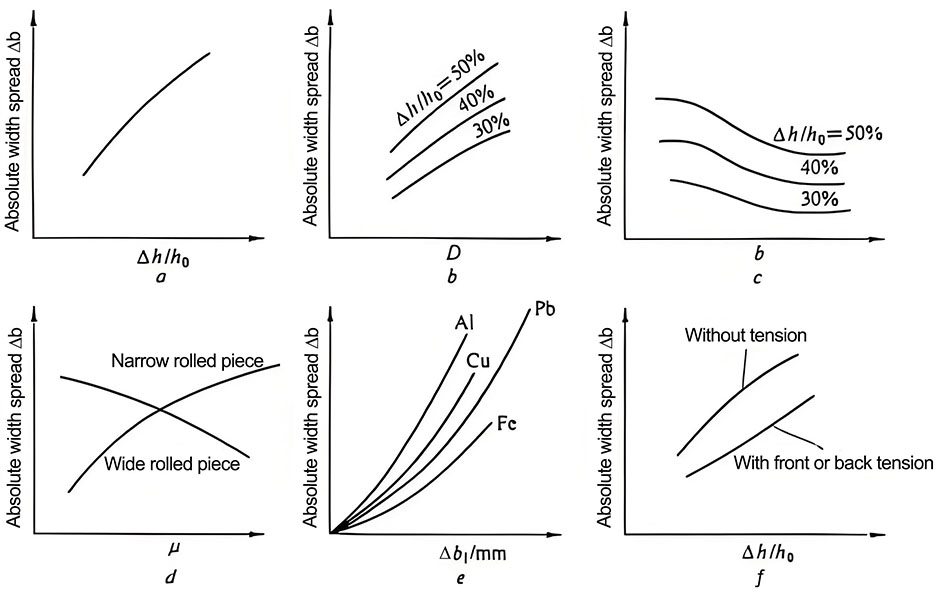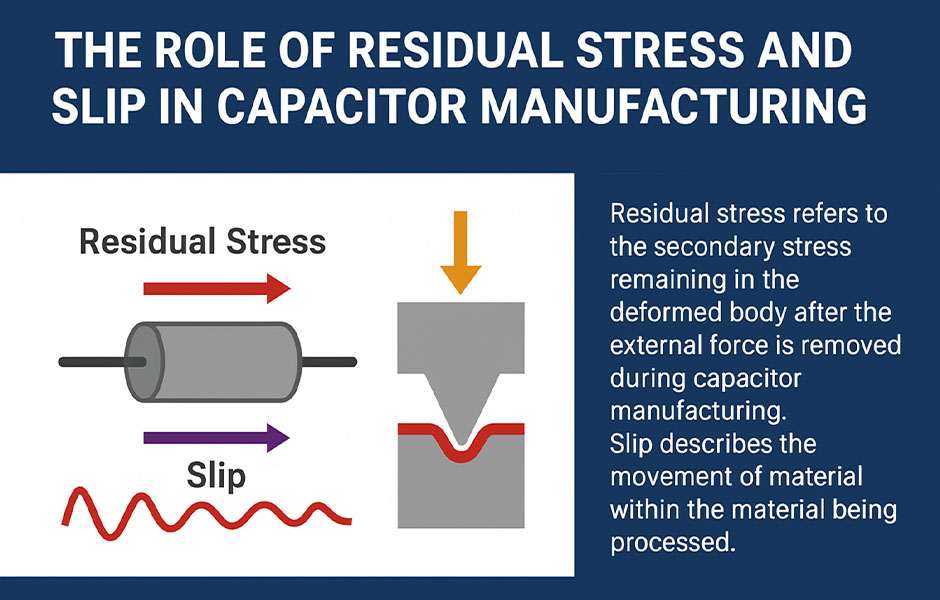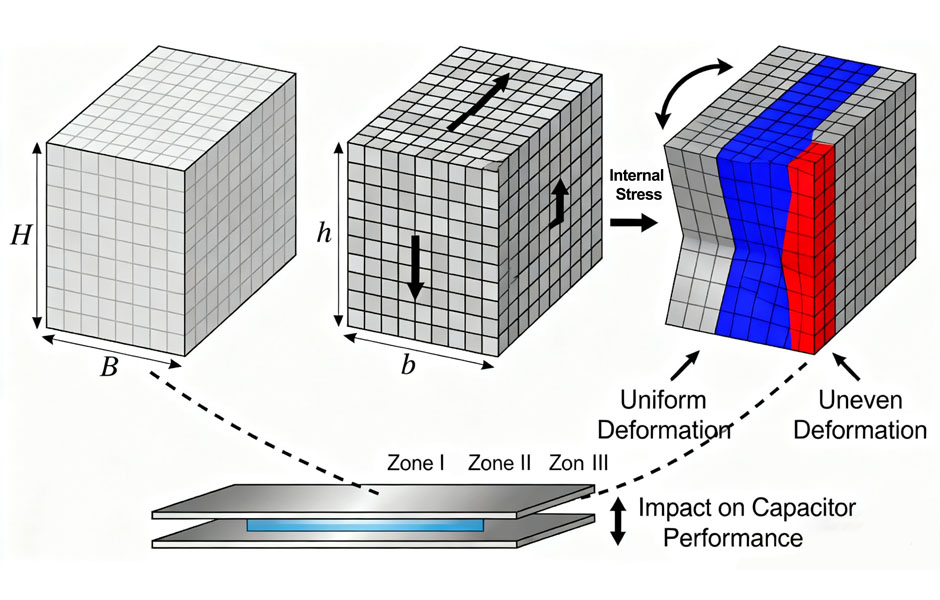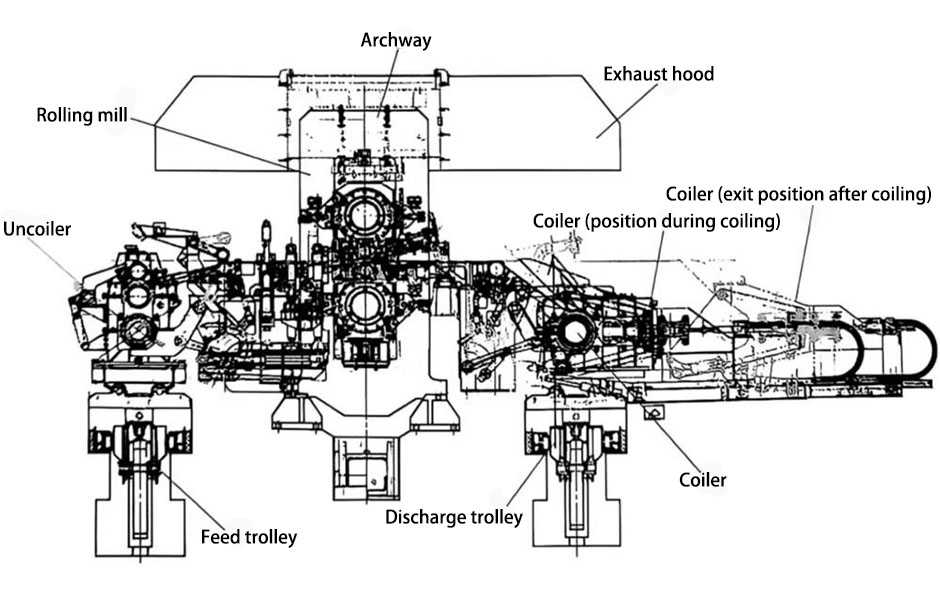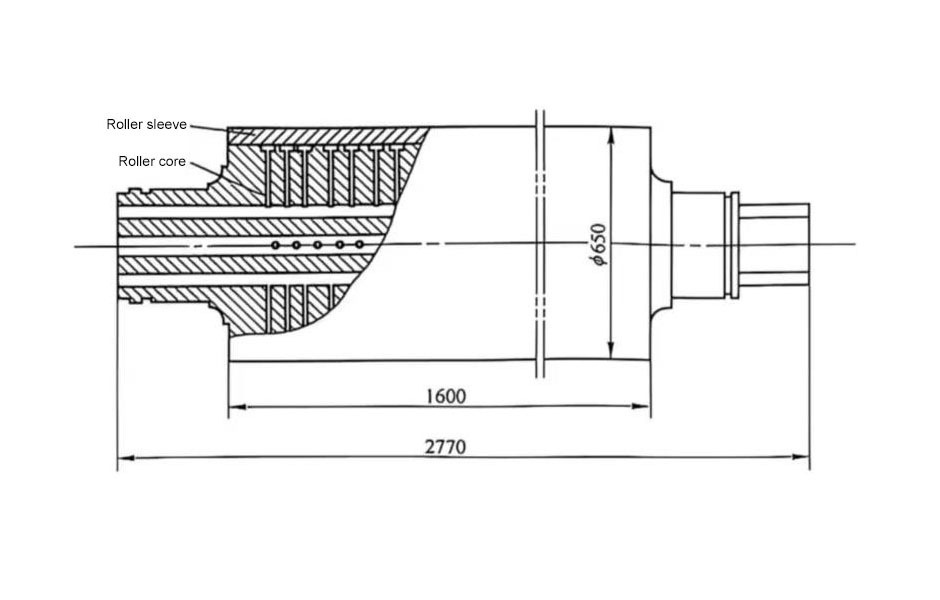Chip capacitors is a kind of capacitor material. The full name of chip capacitors is: multilayer (laminated, stacked) chip ceramic capacitors, also known as chip capacitors and chip capacitors.
Structure of chip capacitor
The structure of the chip capacitor mainly includes three parts: ceramic dielectric, metal inner electrode, metal outer electrode. The multilayer chip ceramic capacitor is a multi-layer structure, which is simply a parallel body of multiple simple parallel plate capacitors.
The role of chip capacitors
Bypass:The bypass capacitor is an energy storage device that provides energy for the local device. It can make the output of the voltage regulator uniform and reduce the load demand. Just like a small rechargeable battery, the bypass capacitor can be charged and discharged to the device. To minimize the impedance, the bypass capacitor should be as close as possible to the power supply pin and ground pin of the load device. This can well prevent ground potential rise and noise caused by excessive input value. The ground potential is the voltage drop at the ground connection when a large current glitch is passed.
Decoupling:also known as decoupling. From the circuit, it can always be distinguished as the driving source and the driven load. If the load capacitance is relatively large, the drive circuit must charge and discharge the capacitor to complete the signal transition. When the rising edge is steeper, the current is relatively large, so that the drive current will absorb a large power supply current. The inductance and resistance (especially the inductance on the chip pins will rebound), this current is actually a kind of noise relative to the normal situation, which will affect the normal operation of the previous stage, this is called “coupling” .The decoupling capacitor acts as a “battery” to satisfy the change of the drive circuit current and avoid coupling interference.
Filtering: In theory (that is, the capacitor is assumed to be a pure capacitor), the larger the capacitance, the smaller the impedance and the higher the frequency of passing. But in fact, most of the capacitors exceeding 1μF are electrolytic capacitors, which have a large inductance component, so the impedance will increase after high frequency. Sometimes I see an electrolytic capacitor with a larger capacitance connected in parallel with a small capacitor. At this time, the large capacitor passes low frequency and the small capacitor passes high frequency. The function of the capacitor is to pass high resistance and low resistance, and pass high frequency to block low frequency. The larger the capacitance, the easier the low frequency passes. Specifically used in filtering, a large capacitor (1000μF) filters low frequencies, and a small capacitor (20pF) filters high frequencies. Some netizens once likened the filter capacitor to a “pond”. Since the voltage at both ends of the capacitor does not change suddenly, it can be seen that the higher the signal frequency, the greater the attenuation. It can be said that the capacitor is like a pond, and there will be no change in the amount of water caused by the addition or evaporation of a few drops of water. It converts the voltage change into a current change. The higher the frequency, the greater the peak current, thereby buffering the voltage. Filtering is the process of charging and discharging.
Energy storage: The energy storage capacitor collects charge through the rectifier and transmits the stored energy to the output end of the power supply through the converter lead. Aluminum electrolytic capacitors with a voltage rating of 40 to 450 VDC and a capacitance between 220 and 150,000 μF (such as B43504 or B43505 of EPCOS) are more commonly used. According to different power supply requirements, devices are sometimes used in series, parallel or a combination of them. For power supplies with a power level exceeding 10 KW, usually large-volume pot-shaped spiral terminal capacitors are used.
